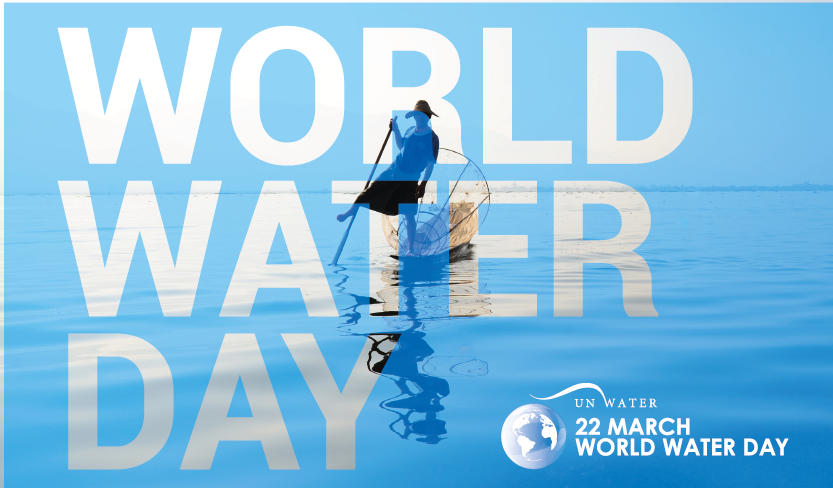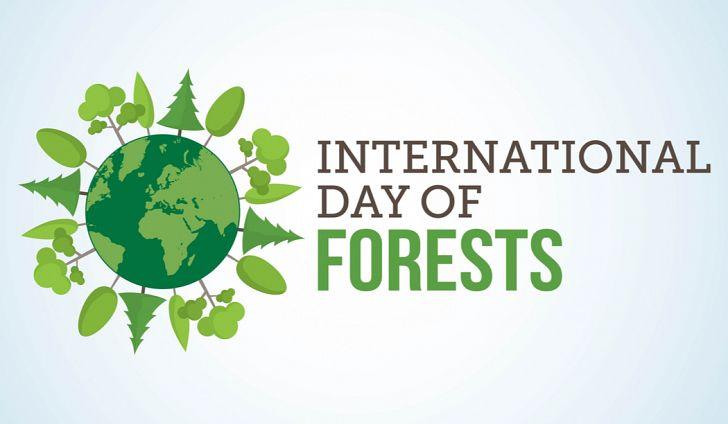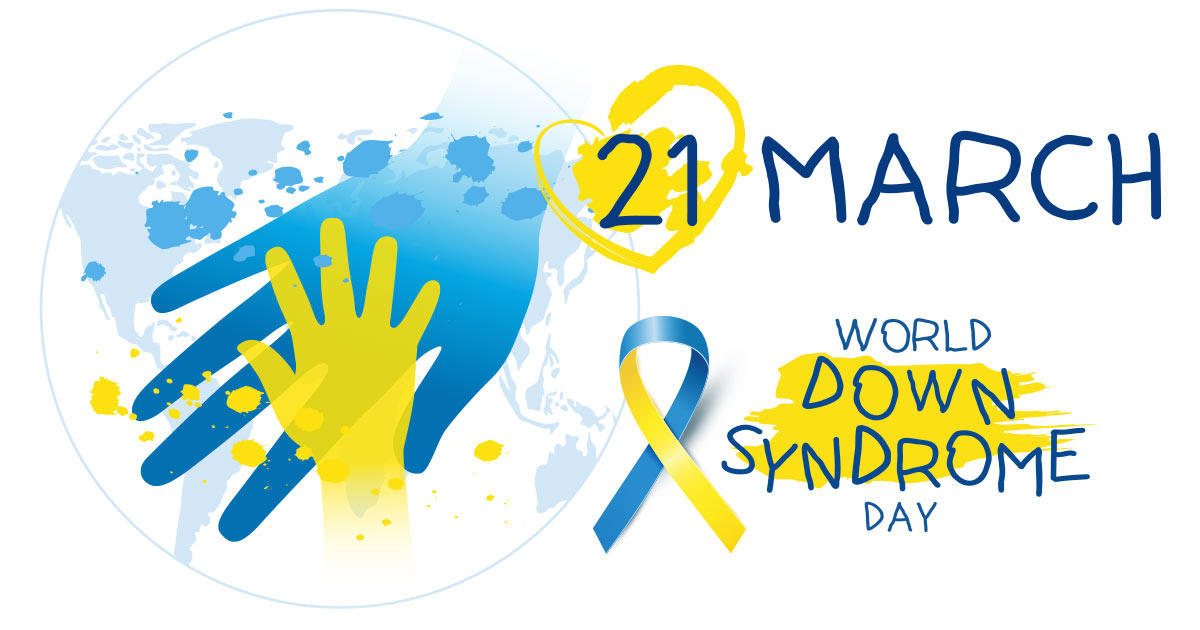
1) World Water Day observed globally on 22 March

•World Water Day is observed globally on 22nd March every year. World Water Day celebrates water and raises awareness of the 2.2 billion people living without access to safe water. It is about taking action to tackle the global water crisis. A core focus of World Water Day is to support the achievement of Sustainable Development Goal 6: water and sanitation for all by 2030.
•The theme of World Water Day 2021 is “Valuing water”. The value of water is much more than its economic value – water has enormous and complex value for our households, food, culture, health, education, economics and the integrity of our natural environment.
2) International Day for the Elimination of Racial Discrimination

•The International Day for the Elimination of Racial Discrimination is observed annually on 21 March to remind people about the negative consequences of racial discrimination. This year theme is “Youth standing up against racism”. It engages the public through #FightRacism, which aims to foster a global culture of tolerance, equality and anti-discrimination and calls on each and every one of us to stand up against racial prejudice and intolerant attitudes.
3) International Day of Forests: 21 March

•The International Day of Forests (also known as World Forestry Day) is celebrated every year on March 21. The day is to celebrate to raise awareness of the importance of all types of forests, and trees outside forests, for the benefit of current and future generations as well as to increase the public awareness among communities about the values, significance and contributions of the forests to balance the life cycle on the earth.
•The theme for International Day of Forests 2020 is “Forest restoration: a path to recovery and well-being”. This year’s theme fits into the UN Decade on Ecosystem Restoration (2021-2030), a call for the protection and revival of ecosystems around the world.
4) World Down Syndrome Day: 21 March

•The World Down Syndrome Day is observed globally on 21 March each year, to raise public awareness for the rights, inclusion and well being of people with Down syndrome. This year, the theme for World Down Syndrome Day is “We Decide.” This day was first observed in the United Nation in the year 2012. The 21st day of March (the 3rd month of the year) has been selected to signify the uniqueness of the triplication (trisomy) of the 21st chromosome which causes Down syndrome.
5) World Poetry Day: 21 March

•World Poetry Day is celebrated on 21 March every year to promote the reading, writing, publishing and teaching of poetry throughout the world. The Day celebrates one of humanity’s most treasured forms of cultural and linguistic expression and identity. Practised throughout history – in every culture and on every continent – poetry speaks to our common humanity and our shared values, transforming the simplest of poems into a powerful catalyst for dialogue and peace.
6) Jharkhand launches ‘SAAMAR’ campaign to fight malnutrition

•The state government of Jharkhand has launched a campaign called SAAMAR to tackle malnutrition in the state. SAAMAR stands for Strategic Action for Alleviation of Malnutrition and Anemia Reduction. The campaign has been launched with a 1000 days target, where annual surveys will be conducted to track the progress. The campaign will bring together various departments to identify anaemic women and malnourished children to effectively deal with the problem in a state where malnutrition has been a major problem.
•Most importantly, the campaign, as per the note, also tries to target Primarily Vulnerable Tribal Groups. Stating that there is no research-based information available on their food and nutritional habits, it encourages research and proposes fellowships on the nutritional behaviour of these groups for effective implementation.
7) GoI launched “Gram Ujala Scheme” for Rural Areas

•The government of India has launched the “Gram Ujala Scheme” to provide the cheapest LED bulbs in rural areas. The scheme was launched by the Union power and new and renewable energy minister, Raj Kumar Singh. In the first phase, the scheme was launched from Arrah district in Bihar. In this phase, around 15 million LED bulbs will be distributed in the villages of Arrah (Bihar), Vijayawada (Andhra Pradesh), Varanasi (Uttar Pradesh), Nagpur (Maharashtra), and western Gujarat.
8) India ranks 139th in World Happiness Report 2021

•India has been placed at 139th position out of 149 countries in the UN World Happiness Report 2021 released. In 2019, India was ranked 140th. The World Happiness Report 2021 has been topped by Finland, for the fourth consecutive year. The 2021 report is the ninth World Happiness Report and focuses on the effects of COVID-19 and how people all over the world have fared.
Top 10 Countries
1.Finland
2.Iceland
3.Denmark
4.Switzerland
5.The Netherlands
6.Sweden
7.Germany
8.Norway
9.New Zealand
10.Austria
Bottom 5 Countries
•Afghanistan (149)
•Zimbabwe (148)
•Rwanda (147)
•Botswana (146)
•Lesotho (145)
World Happiness Report
•The World Happiness Report is issued by the UN Sustainable Development Solutions Network, to rank countries by how happy their citizens perceive themselves to be. The countries of the world are ranked on the basis of questions from the Gallup World Poll. The results are then correlated with other factors, like gross domestic product per person, healthy life expectancy and the opinions of residents.
9) Defence Ministry deal with BDL to acquire 4,690 anti-tank guided missiles

•The Defence Ministry has sealed a deal with the public sector undertaking Bharat Dynamics Limited (BDL) to acquire 4,960 MILAN-2T anti-tank guided missiles at a cost of ₹ 1,188 crores for the Indian Army. The missiles, having a range of 1,850 metres, are being produced by BDL under license from French defence major MBDA Missile Systems. These missiles can be fired from the ground as well as vehicle-based launchers and can be deployed in the anti-tank role for both offensive and defensive tasks.
•The missile is being produced by BDL under license from MBDA Missile Systems, France. These missiles can be fired from the ground as well as vehicle-based launchers and can be deployed in Anti-Tank Role for both offensive & defensive tasks and will further enhance the operational preparedness of the Armed Forces.
10) Maharashtra farmers start fresh fruit cake ‘movement’

•Fruit growers in rural Maharashtra have started an innovative ‘movement’ to promote fresh fruit cakes as a healthier option, instead of the traditional bakery-made cakes. According to farmers and agrarian experts, the aim of this ‘spontaneous’ movement is to encourage farmers and their families to increase the intake of fruits in their diet and to find a new way of selling their produce in times of the pandemic.
•As part of the movement, farmers, their families and various organisations of cultivators are encouraging cakes made locally using fruits like watermelon, muskmelon, grapes, orange, pineapple and banana while celebrating special events.
11) India slips to 56th rank in Global Home Price Index

•India has moved down 13 spots in the latest global home price index to finish last at 56th rank in the quarter ending December 2020. Against its 43rd rank a year ago, India saw a decline of 3.6% year-on-year (YoY) in home prices, leading to the drop in global position, showed Knight Frank’s Global House Price Index. India was the weakest-performing country during the fourth quarter of 2020, with a decline of 3.6% in home prices, followed by Morocco with a drop of 3.3%.
•According to the report, markets like New Zealand (19%), Russia (14%), the US (10%), Canada and UK (both 9%) have recorded accelerated growth in rankings in the last three months due to a growth in housing demand.
•The index tracks the movement in mainstream residential prices across 56 countries and territories worldwide using official statistics. In the 12-month percentage change for the period Q4 2019 – Q4 2020, Turkey continues to lead the annual rankings with prices up by 30.3% on-year, followed by New Zealand at 18.6% and Slovakia at 16.0%.





